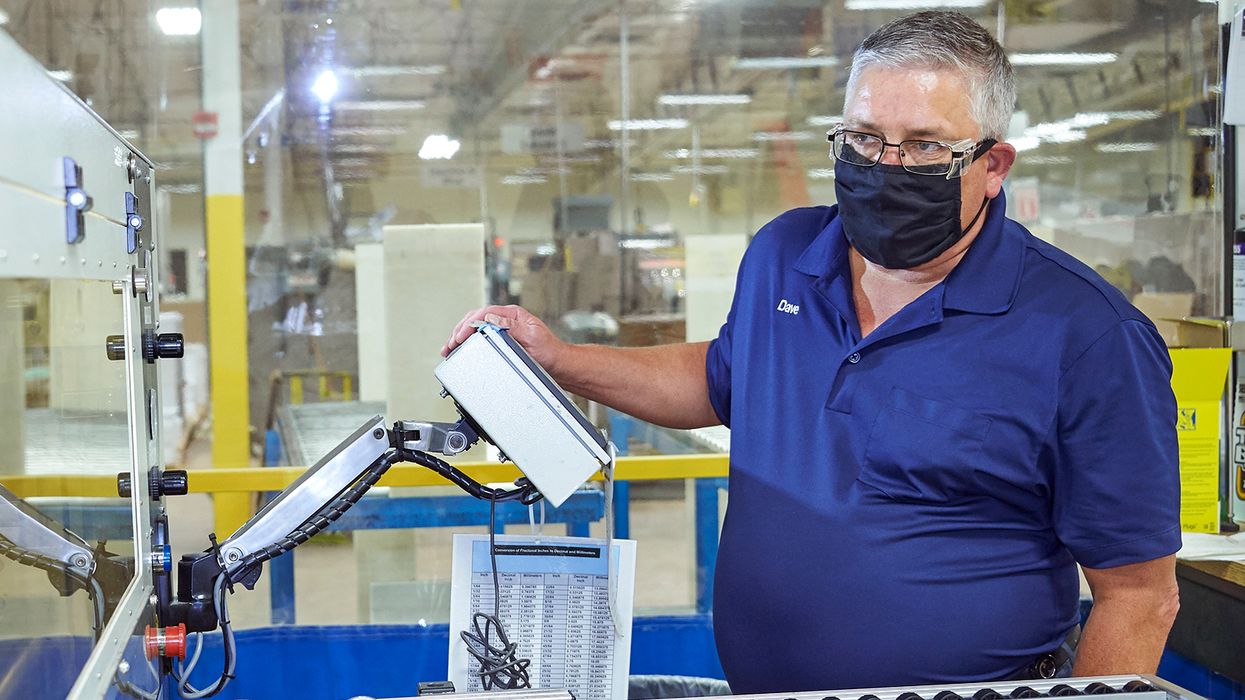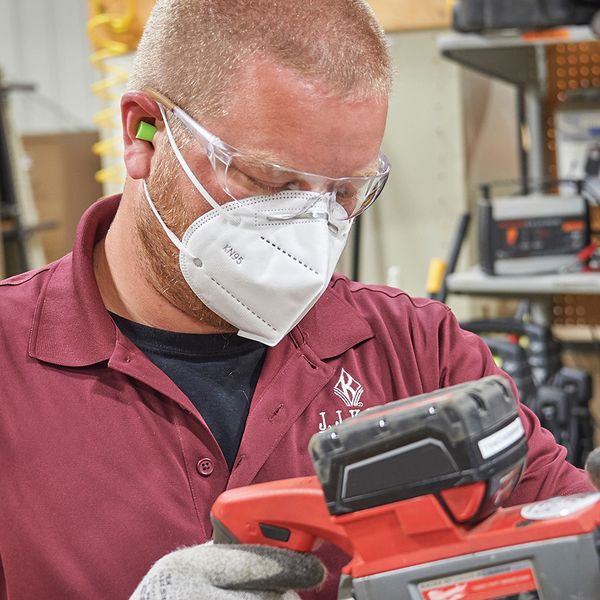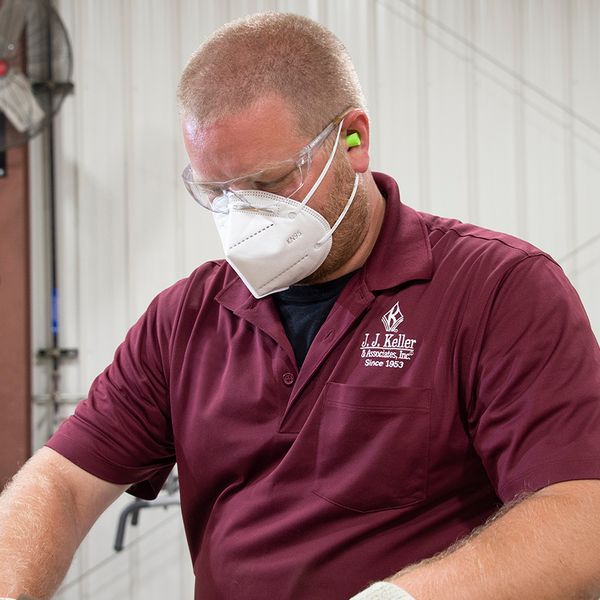Protecting yourself all season — All masks are not created equal!
As the common cold, flu, and even lingering cases of COVID rear their heads throughout the year, many may reach for a mask as a precaution. But are your masks going to offer the protection you need? Employers must understand the differences between the various masks workers depend on for their safety.
Although most mask mandates have been lifted, the Centers for Disease Control (CDC) still recommends wearing quality masks over the nose and mouth in high traffic or congested areas, such as airplanes, at concerts, or in large groups. With many mask options floating around, it’s important to understand the differences between N95, KN95, cloth, and surgical masks.
Which mask is best?
According to the National Institute of Health (NIH), masks are intended to block respiratory droplets and aerosols that may contain viral particles. Overall, masks can be effective and are recommended during flu and cold season, but which mask is best is going to depend upon the circumstances.
Masks differ in the maximum internal leak proportion limit (the highest level of leak protection offered), so here’s the low-down:
- N95— deemed more effective than surgical masks, N95 masks are the most common type of particulate filtering facepiece respirator. The “95” represents the 95% of airborne particles that are filtered out, which means that don’t entirely block the transmission of some viruses. These masks require fit testing to ensure proper protection.
- KN95 — “KN” is a designation given by China as an indicator of effectiveness; though the designation is not as stringent as with N95 masks and therefore don’t qualify as N95s. These can be quickly identified by the ear loops versus the dual straps required on N95s.
- Surgical — meant to protect from droplets and sprays, surgical masks filter large particles from the air when the wearer inhales. However, these disposable masks tend to be loose-fitting which could reduce their efficiency to lower than that of N95 masks.
- Cloth — usually homemade, these masks offer limited protection from infection, especially persistent ones like COVID-19. Cloth masks are machine-washable and reusable, but they do fit more loosely especially near the nose, cheeks, and jawline, which reduces their effectiveness. Homemade masks create inconsistent and unknown protection levels, so are not recommended for sufficient defense against viruses or other infectious particles.
- Other protections — scarfs, gators, and other protections have been used as an attempt to protect from contagious infections. Intended to trap respiratory droplets, these “masks” must be used in layers to have the same effectiveness as a mask, so are not the best option.
Overcoming the negatives of wearing a mask
The theory is that wearing some mask is better than wearing no mask at all. However, the use of some masks, such as N-95s can result in some not-so-pleasant physical responses such as anxiety, headaches, nausea, and vomiting. Additionally, wearing the wrong mask or incorrectly wearing a mask can create a false sense of security, placing the wearer at even greater risk. So, how can workers overcome the negatives of wearing a mask?
When wearing masks, workers can ease the “burden” by:
- Selecting the most protective, yet comfortable mask for the expected exposure type.
- Ensuring the mask is fit properly (around the face with no gaps around the edges) to help with air flow.
- Using masks with bendable nose strips for efficacy and comfort.
- Securing both straps around the ears to ensure optimal protection and prevent constant slippage.
- Acclimating to mask use by wearing one for short periods initially and building up to longer durations.
- Remaining aware of temperature extremes and humidity when required to wear masks.
- Keeping your respiratory system fit and healthy so masks don’t seem like a barrier to normal breathing.
Keys to Remember: While surgical and cloth masks offer some protection from viruses, N95s and KN95s masks offer better protection in most cases. Employers must ensure workers are choosing masks that fit and filter properly to ensure safe use and appropriate level of protection.


















































